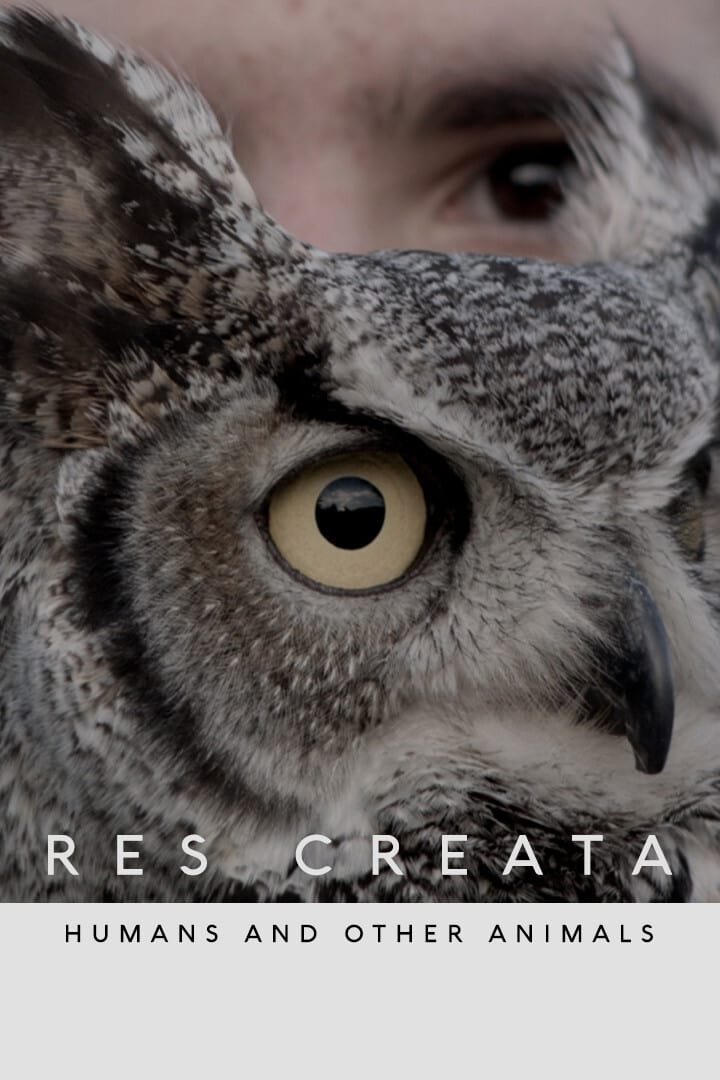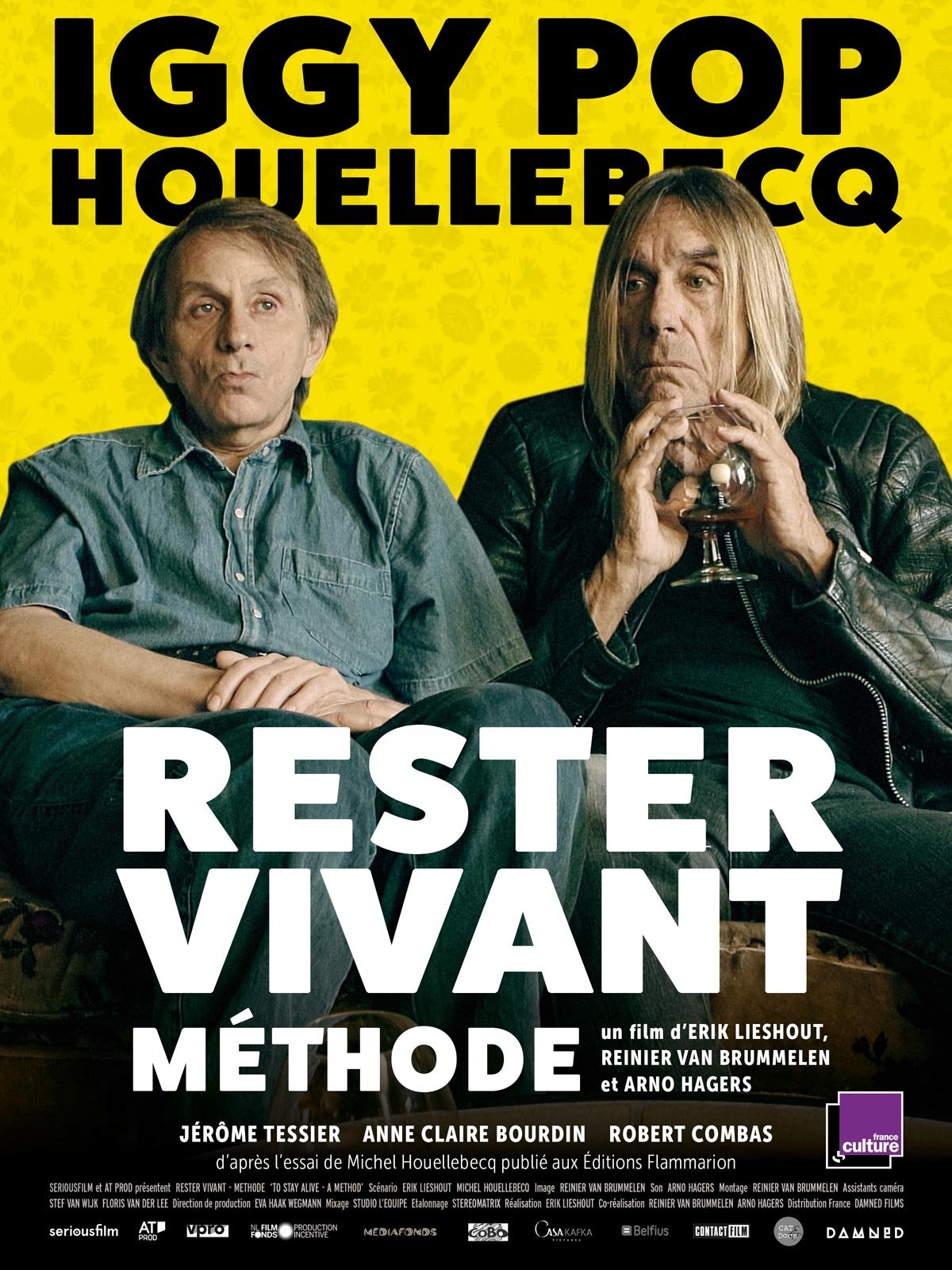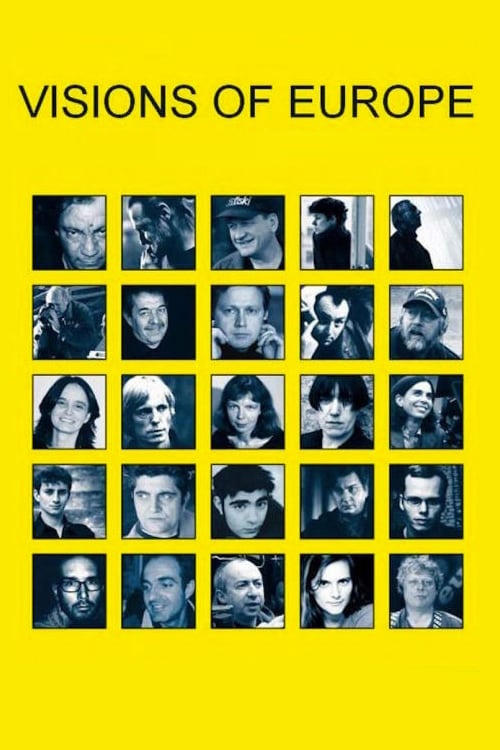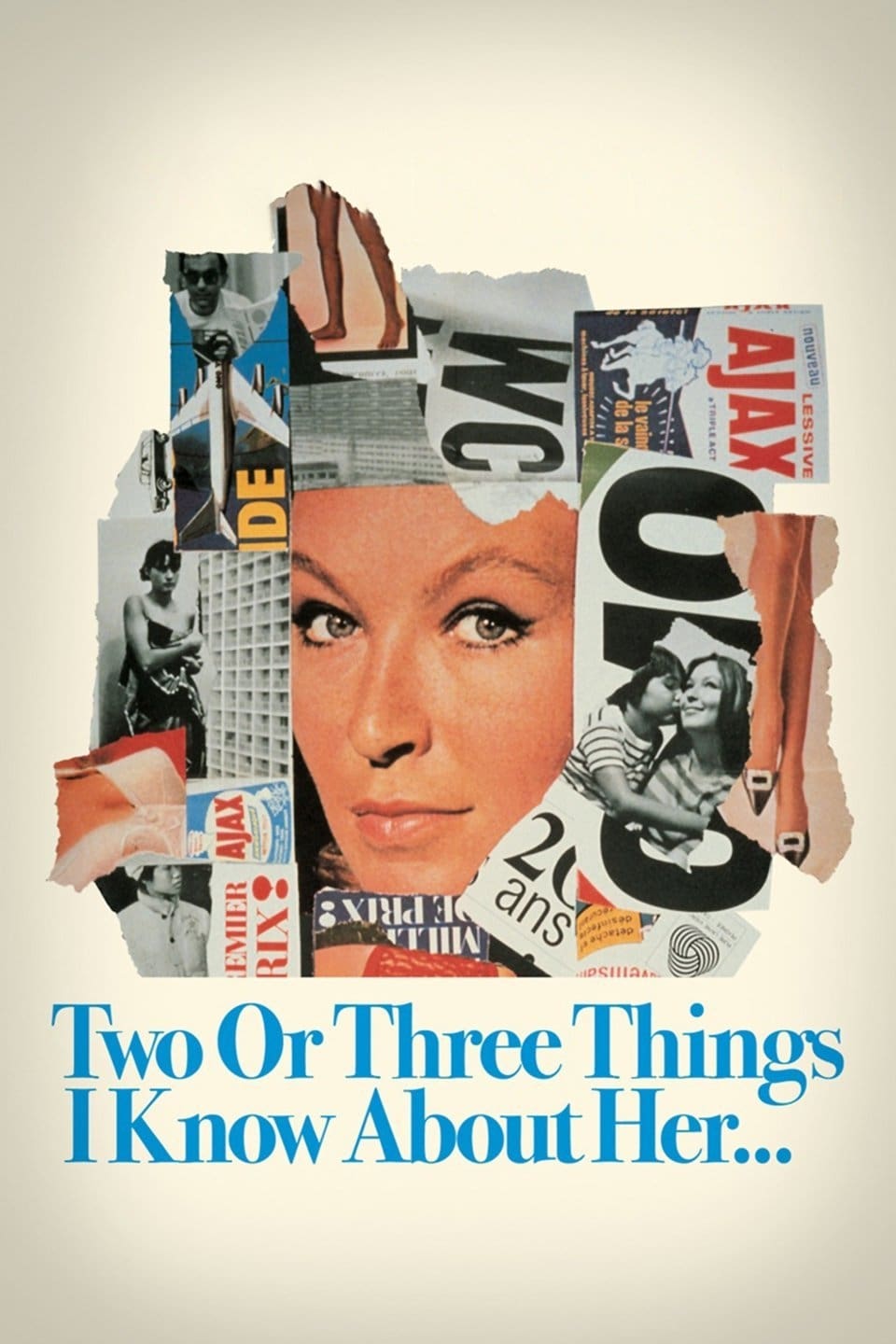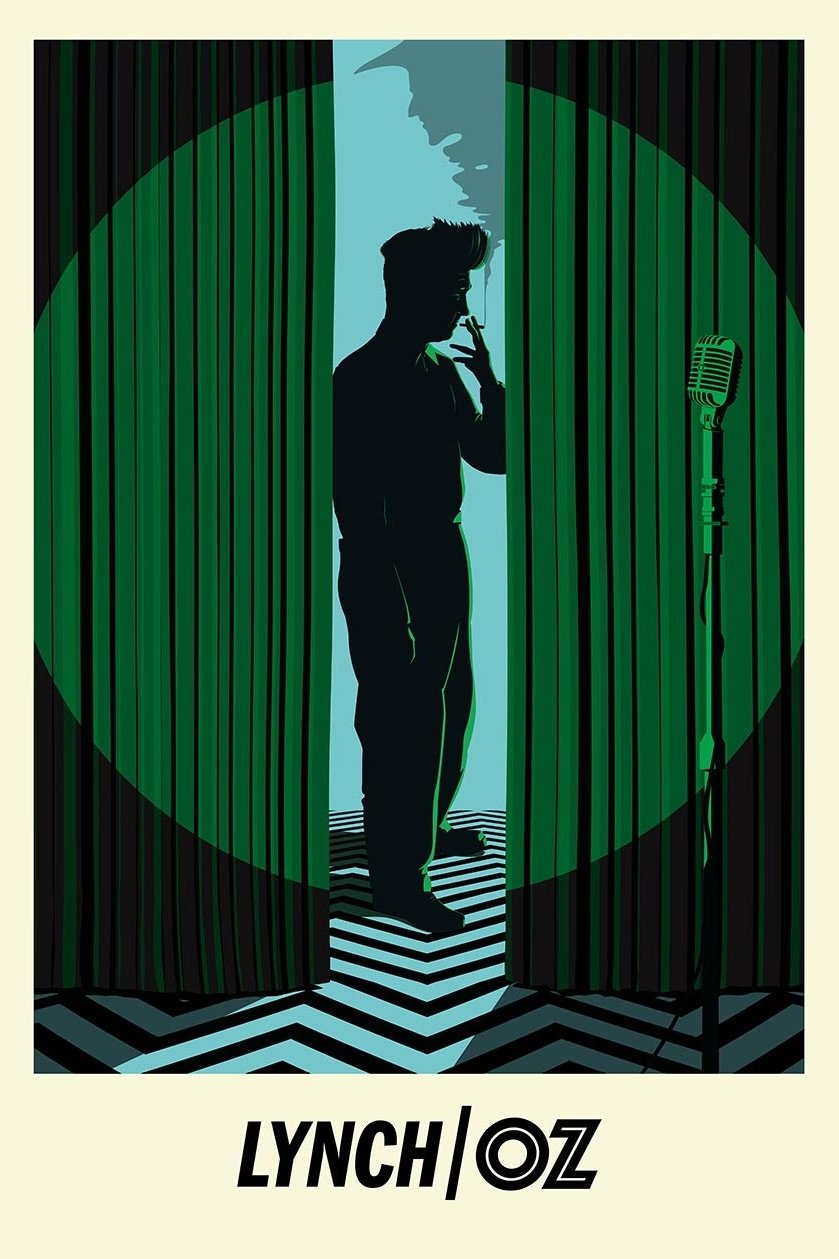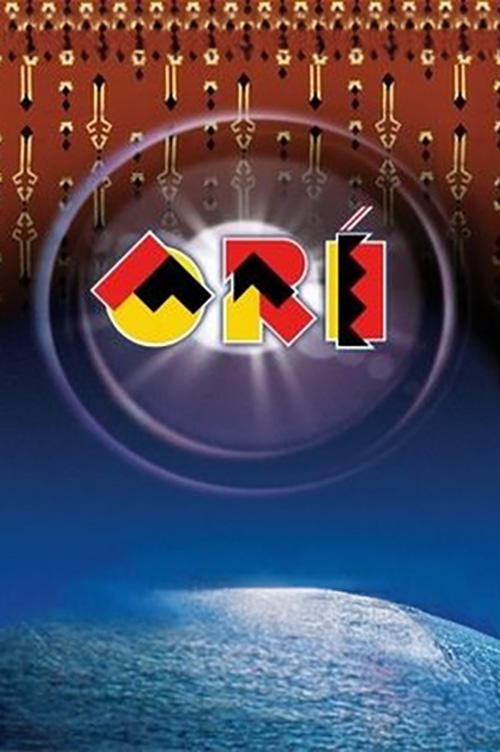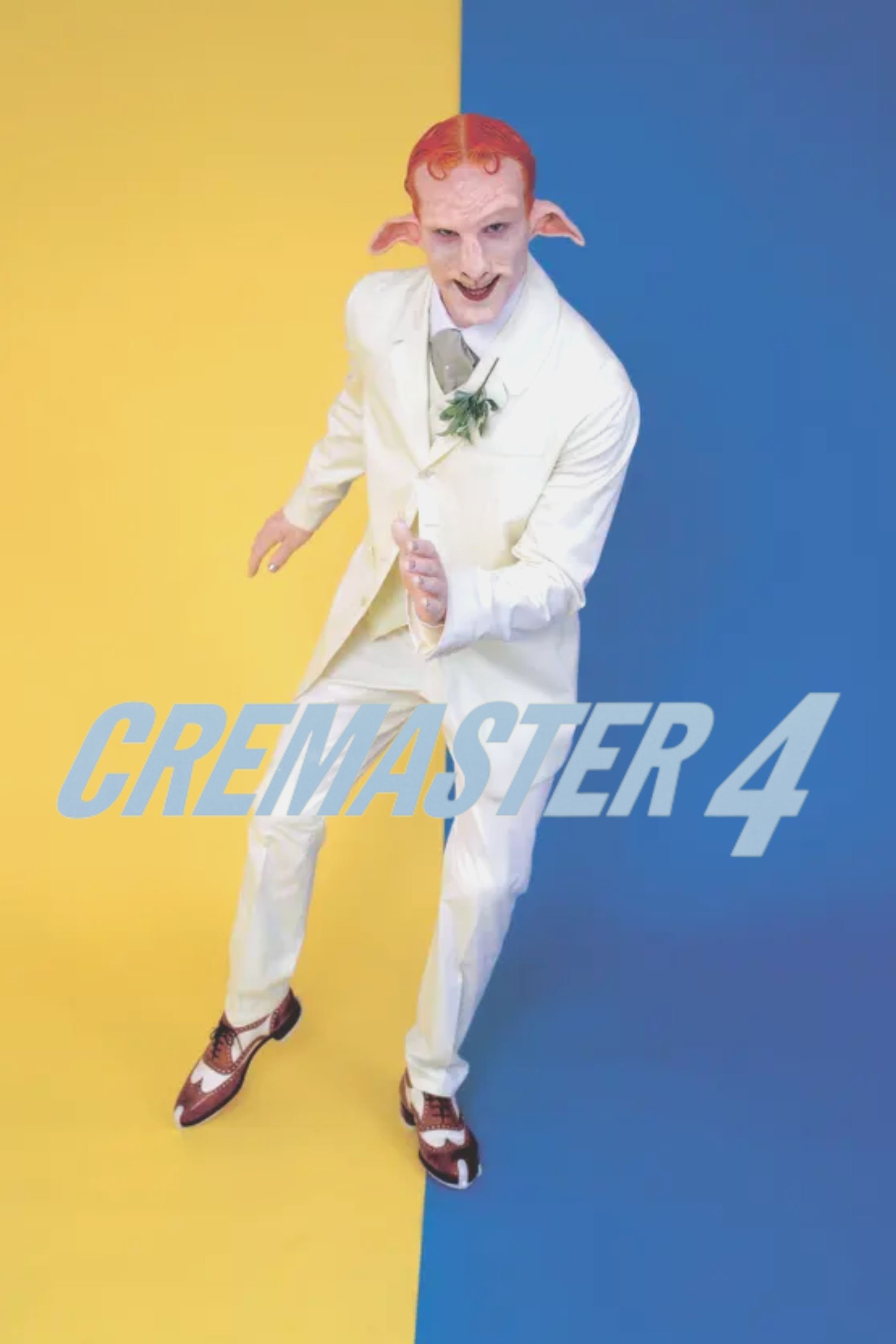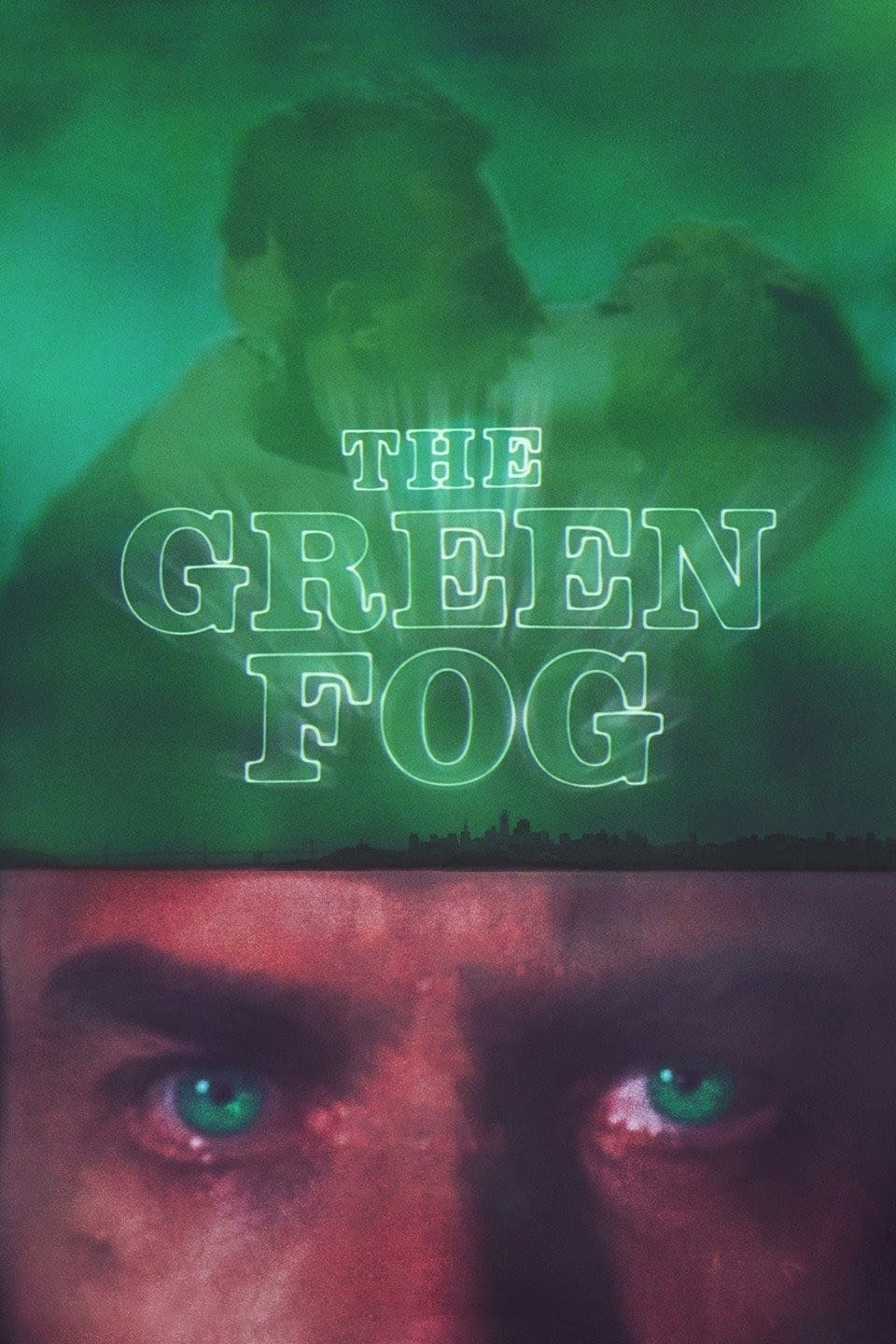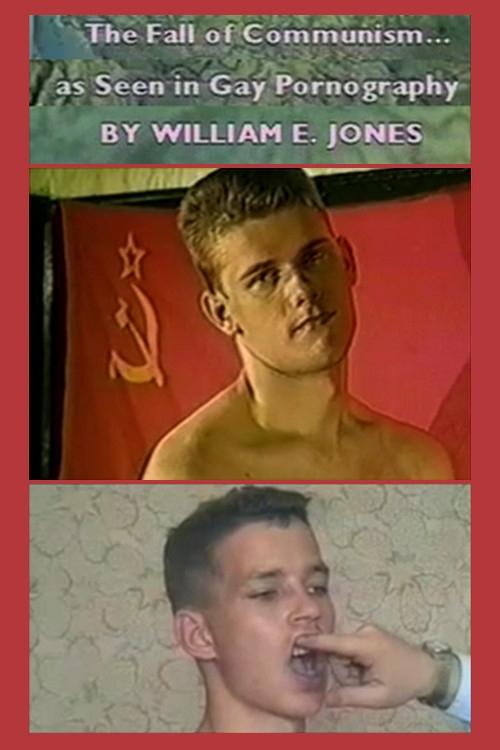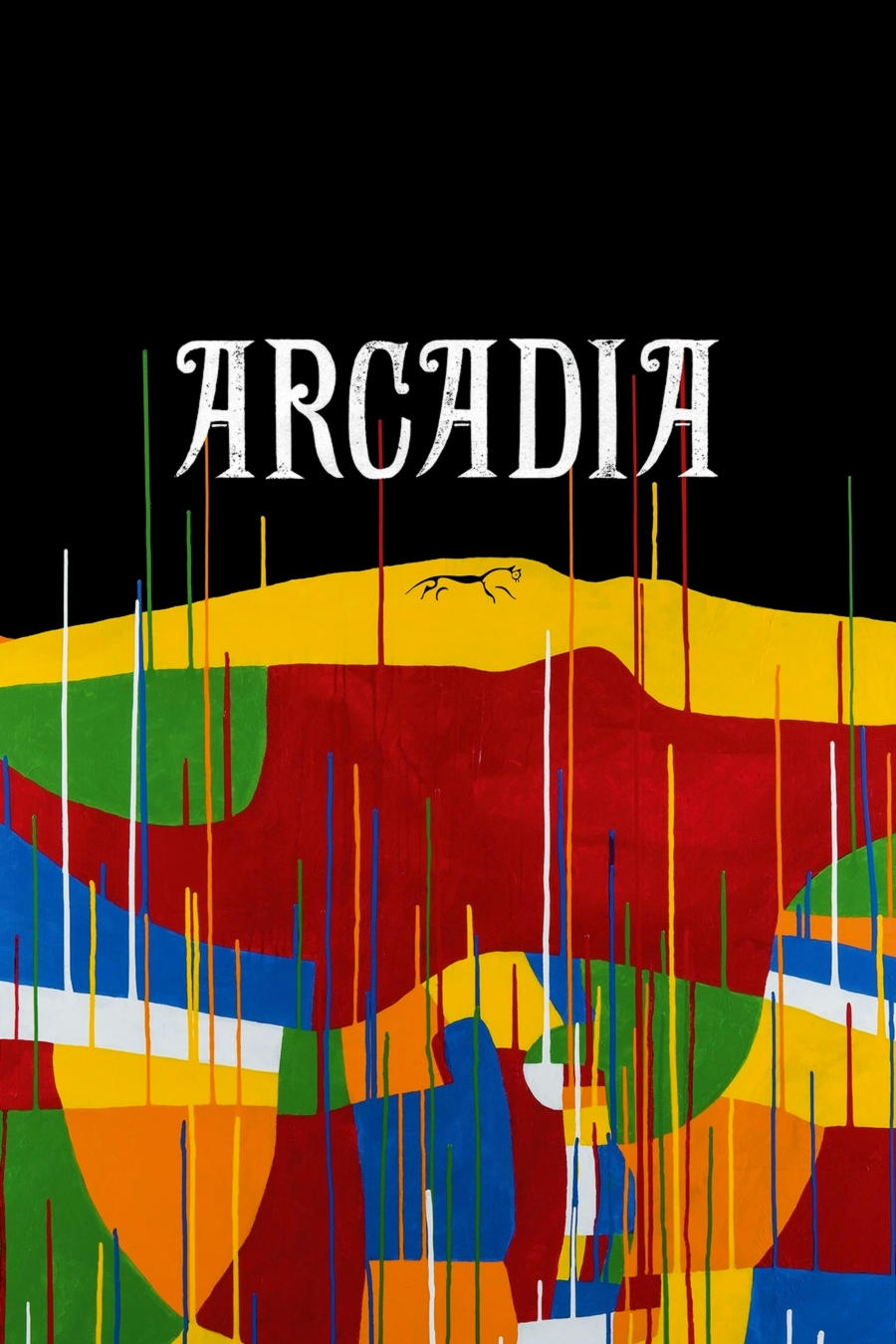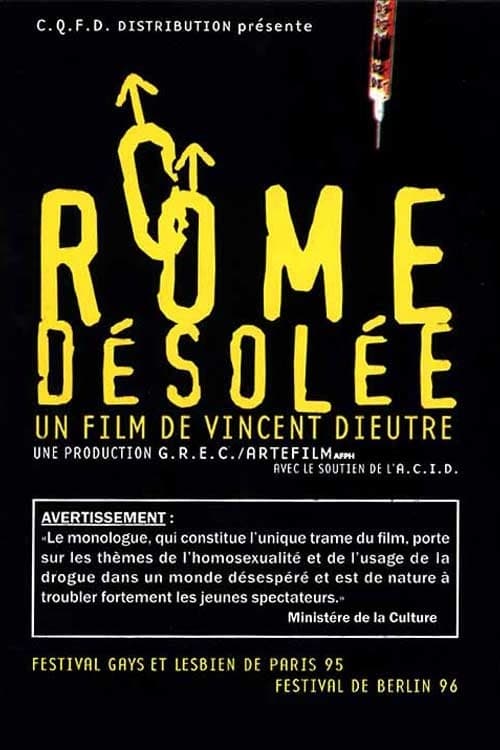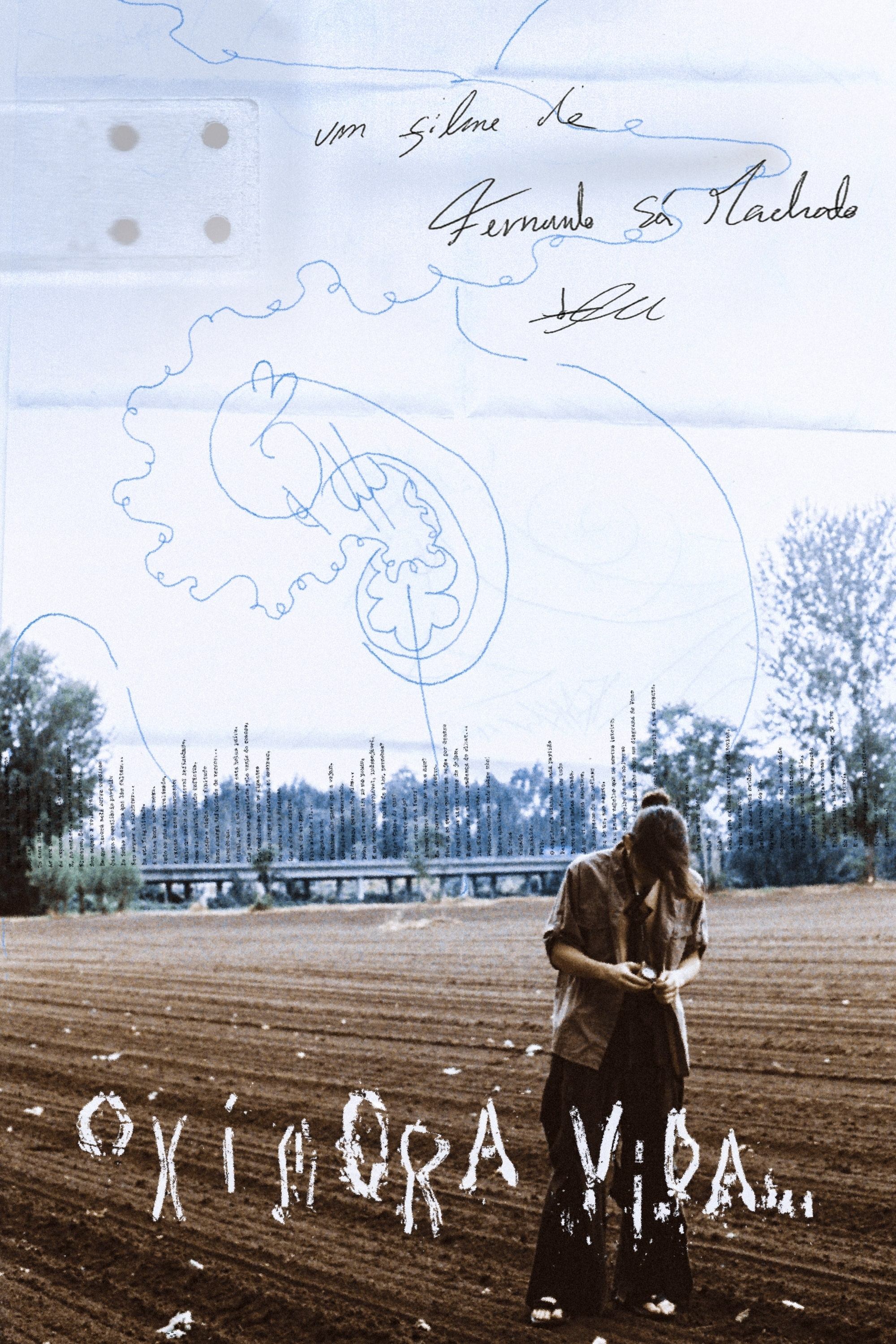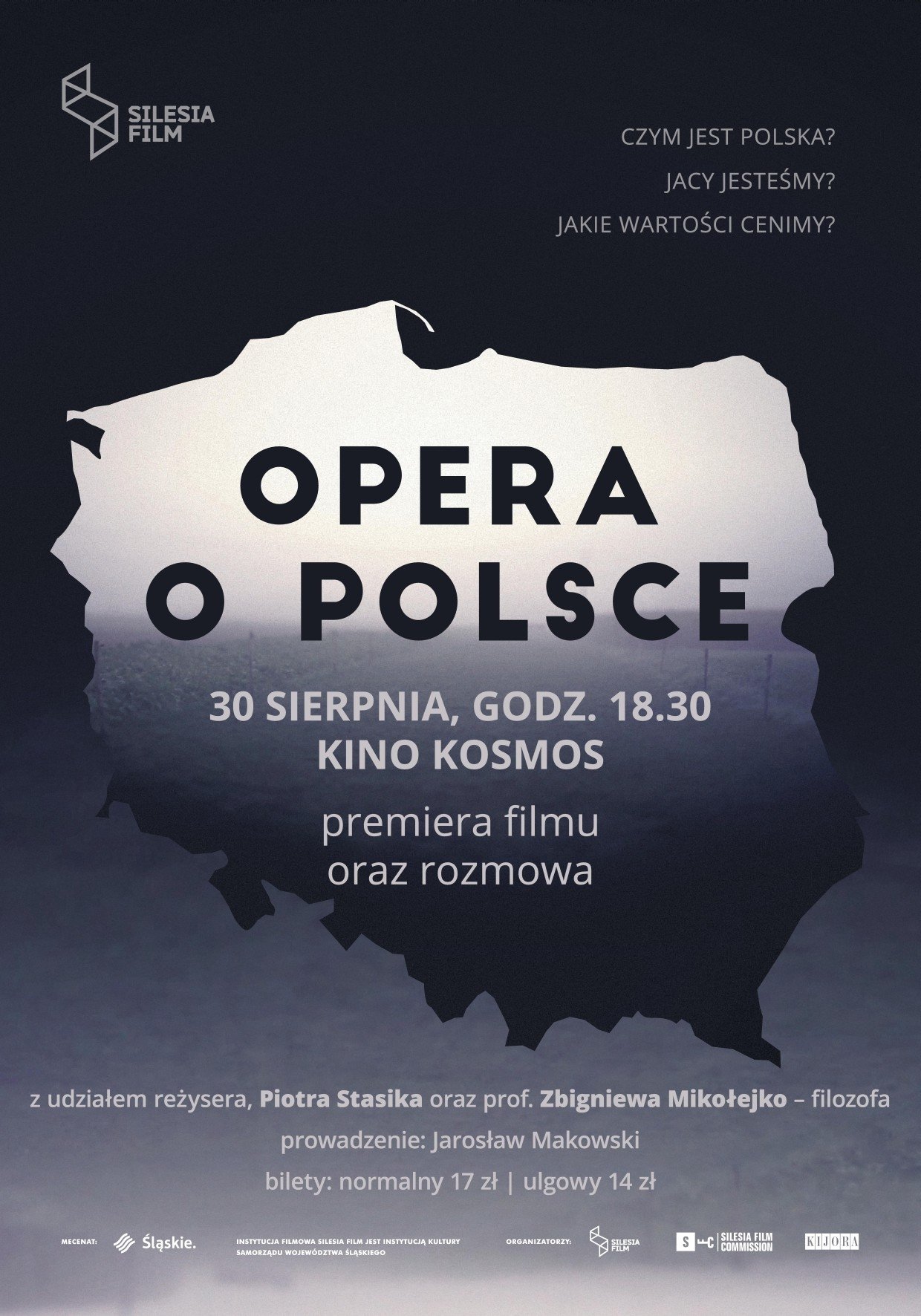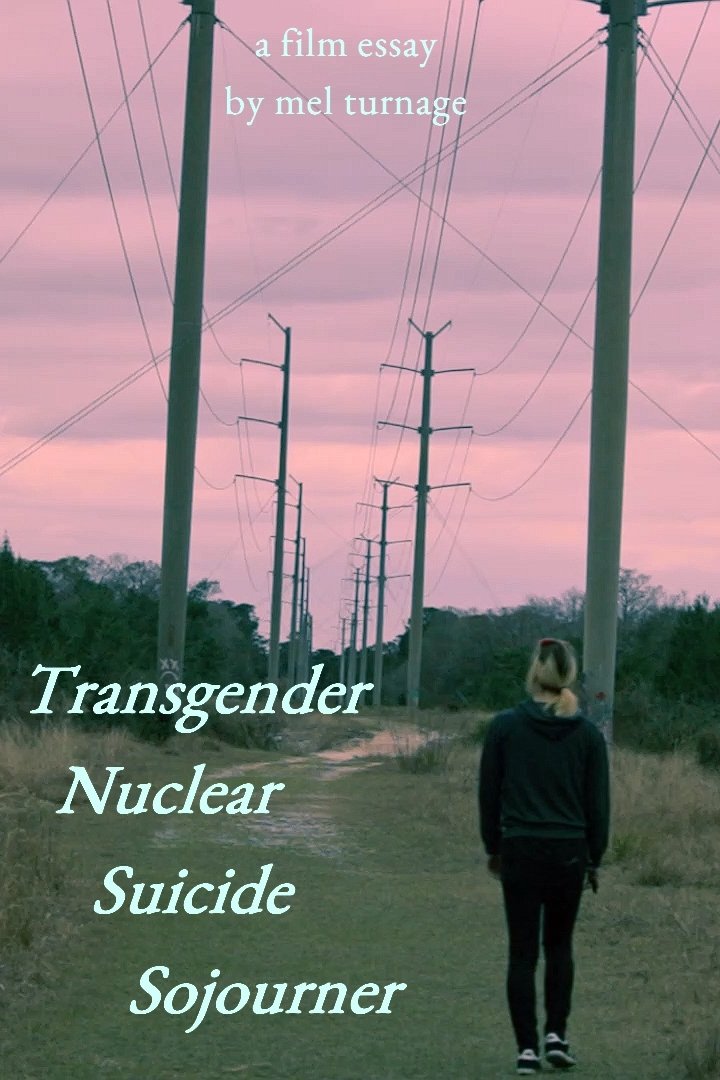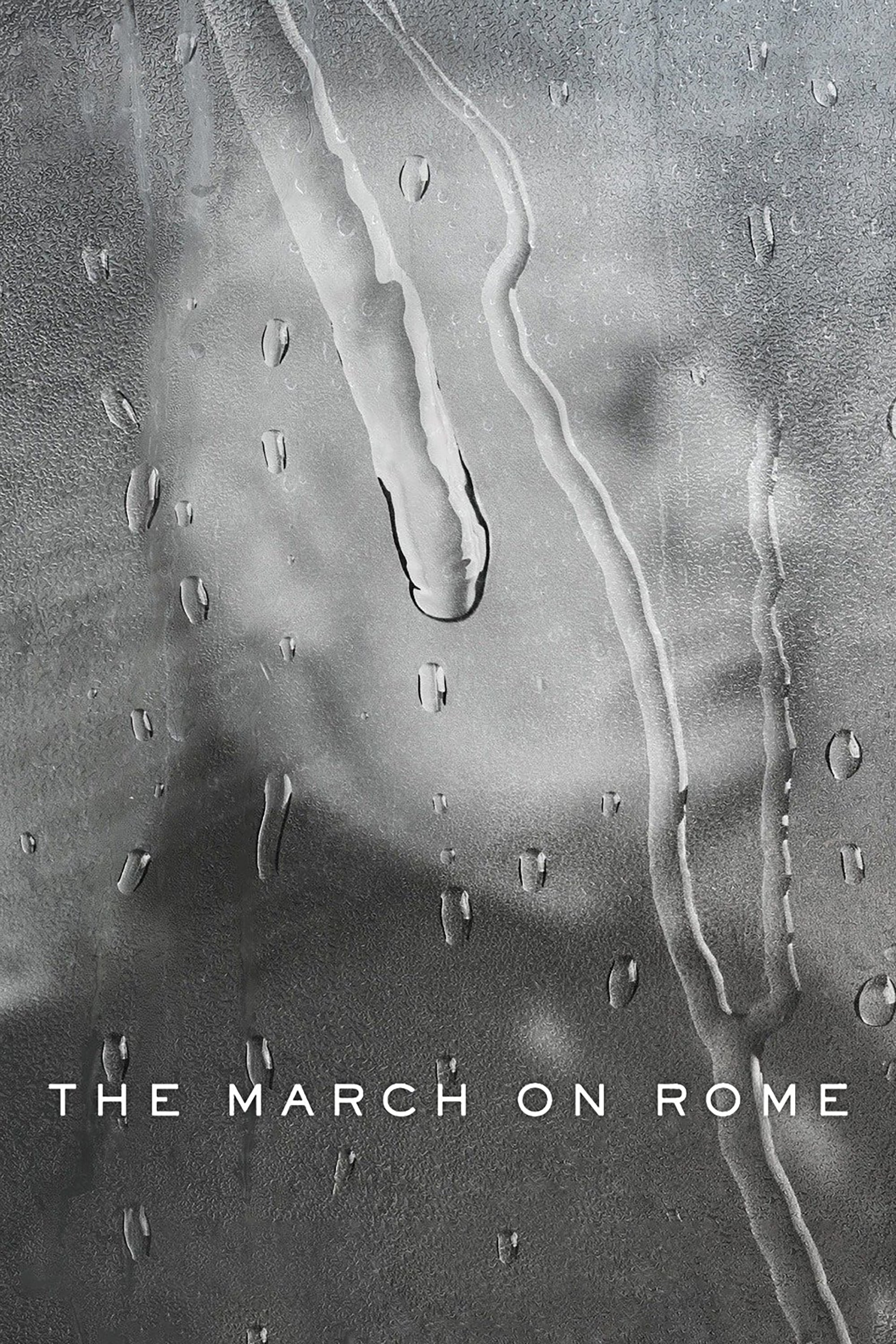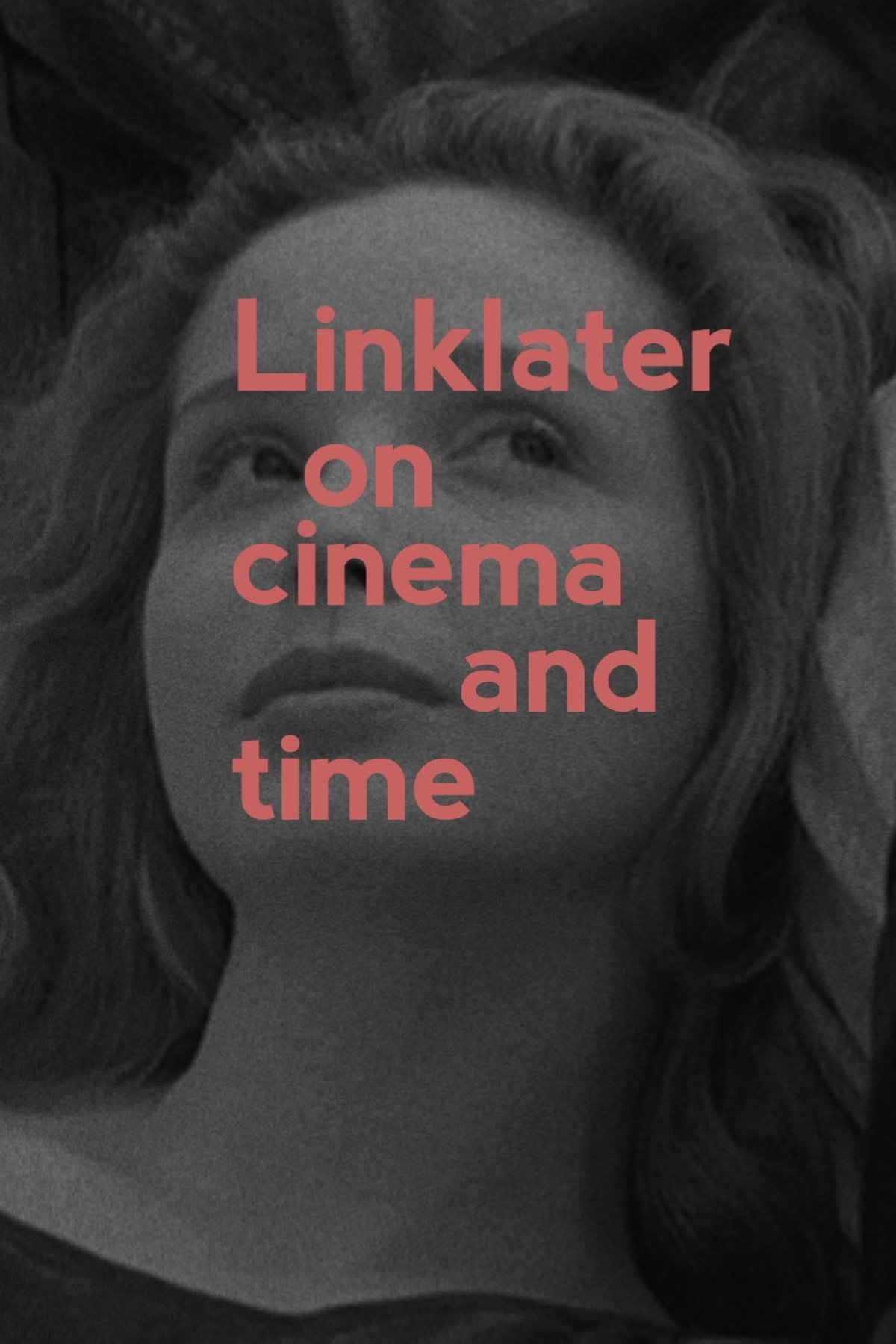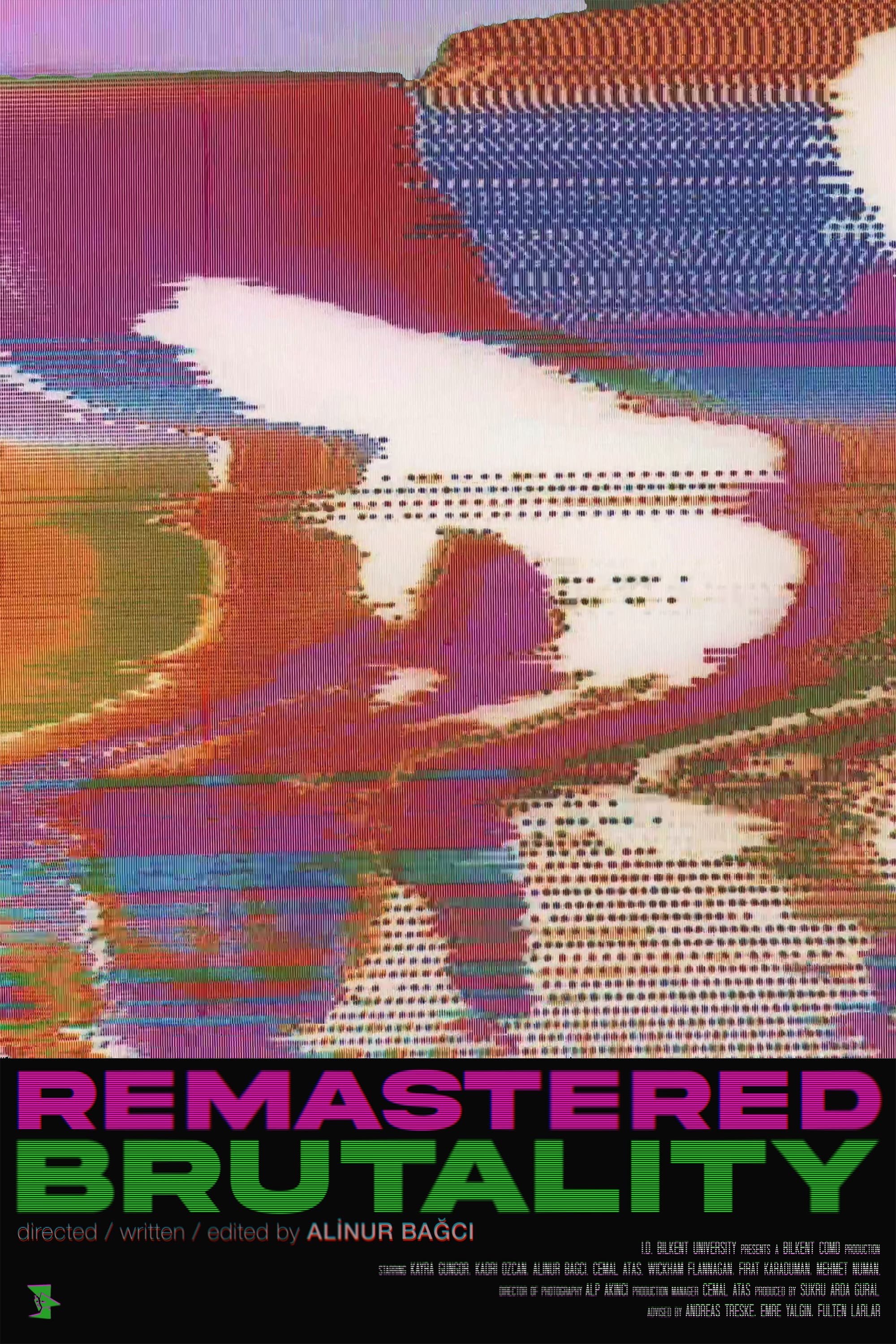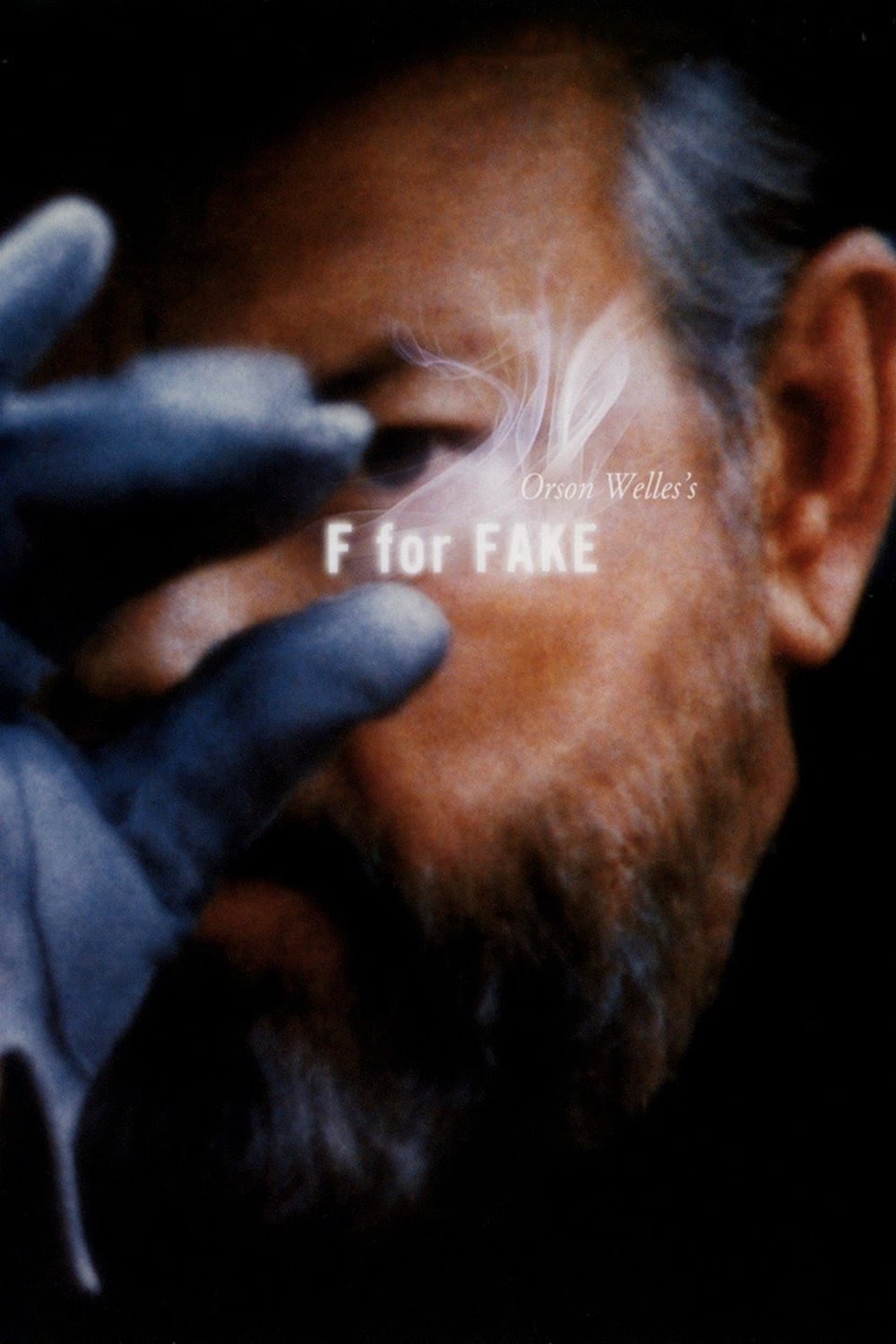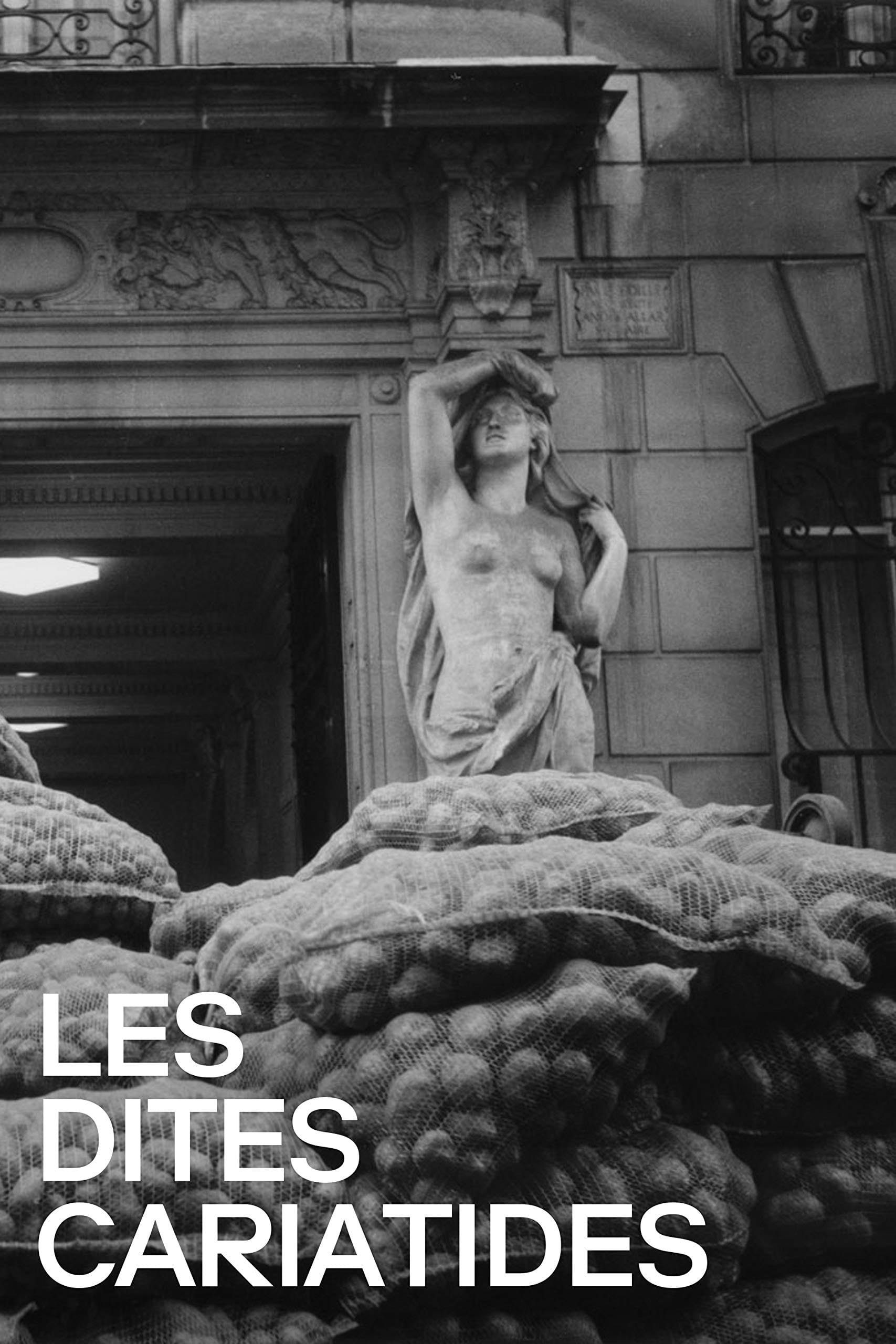
Lament I (2022)
Released:
2022-11-18
Duration:
25min
Genres:
Rating 0.0
Overview
Blurred footage of a plane and fading overlays of the San Diego landscape intertwine with the writer's journey as he writes Lament I in the moment that it is presented, the film itself looping once his mind fails him.
Production Companies
Additional Info
| Budget | $0.00 |
|---|---|
| Revenue | $0.00 |
| Original Language | en |
| Popularity | 0.026 |
Directed By
Barkley Dubis
Crew
Director
Barkley Dubis
Barkley Dubis
Director of Photography
Barkley Dubis
Barkley Dubis
Editor
Barkley Dubis
Barkley Dubis
Writer
Barkley Dubis
Barkley Dubis
TOP CAST
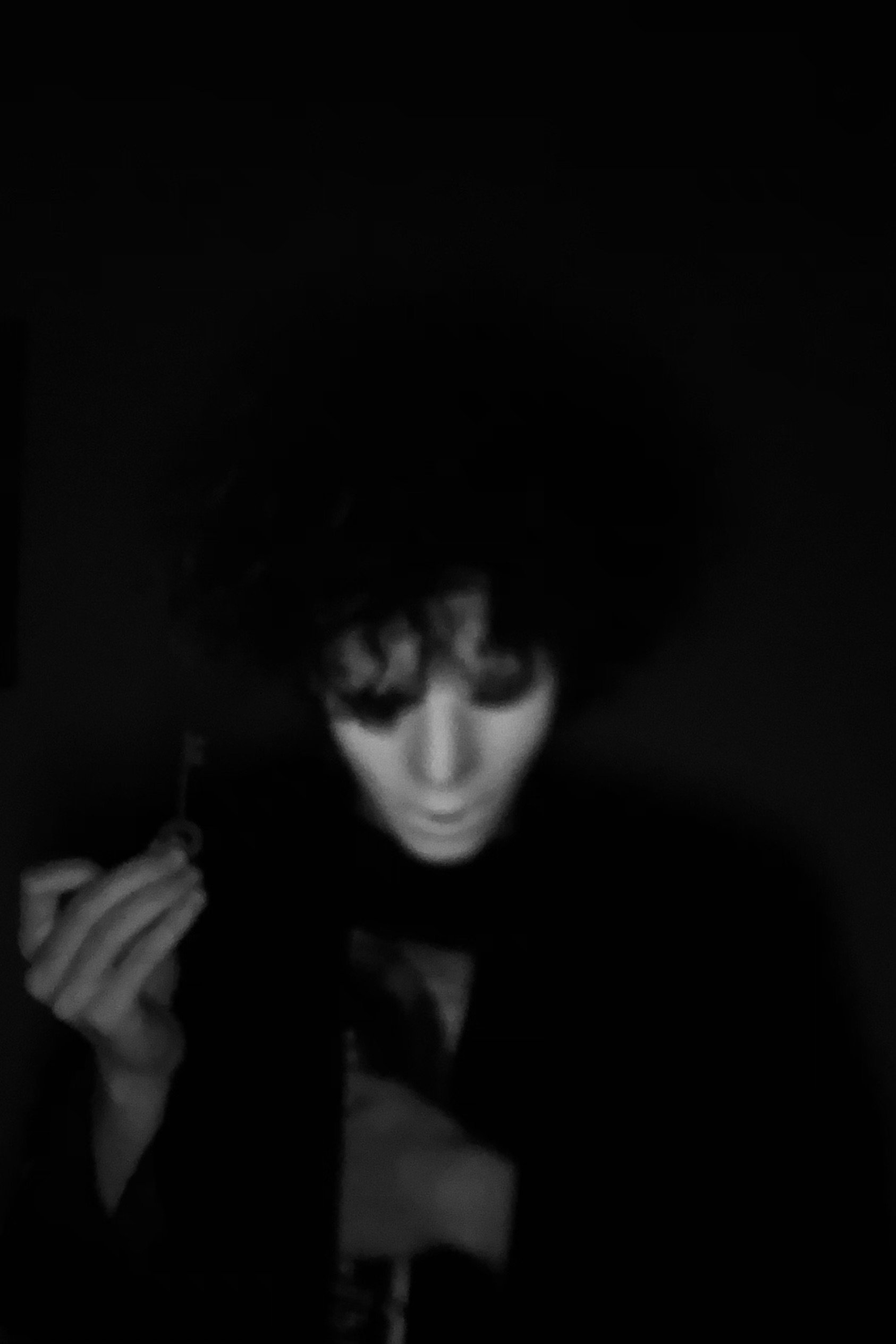
Barkley Dubis
The Author
